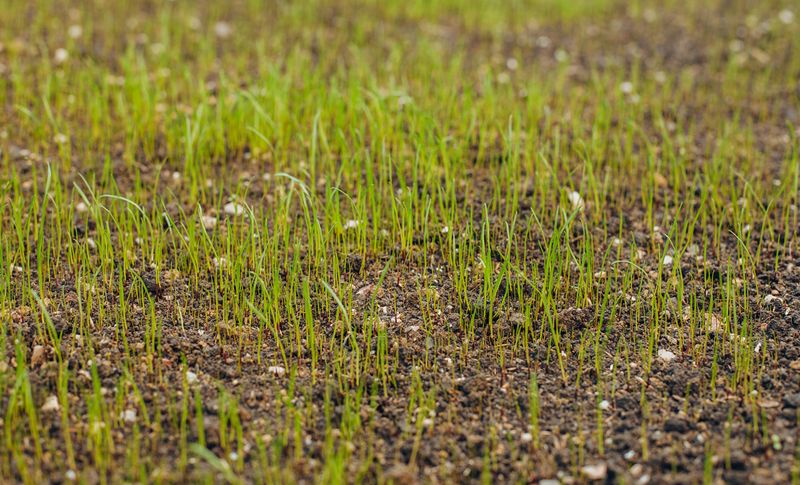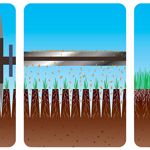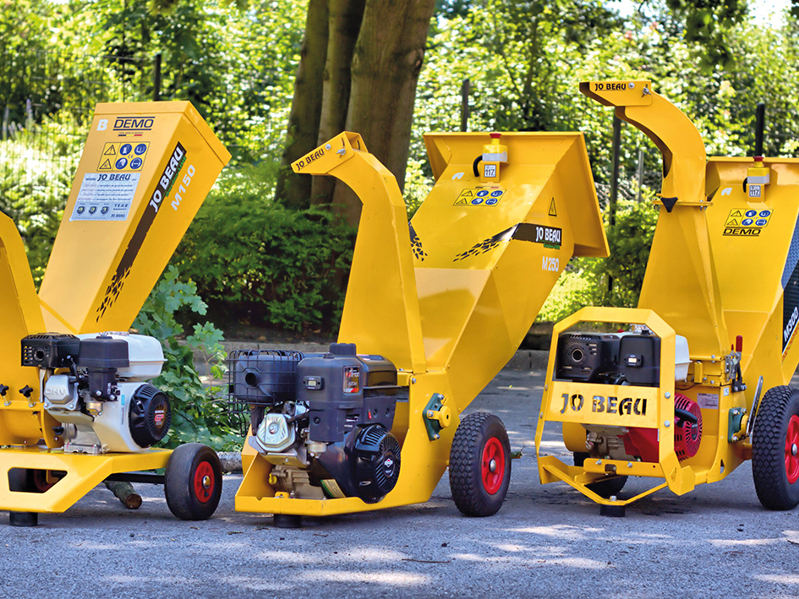Guide to lawn care
Restore lawns by “overseeding”.
Lawns that have thinning or bare patches can be restored by overseeding. For best results, we recommend overseeding in two applications, with the second application made at a 45-degree angle to the first pass. You will notice a distinct crosshatch pattern in the effected soil as the Jo Beau’s delta reel blades virtually “plow” precisely aligned rows of seeds into the turf beanth topsoil.
The blades of the Jo Beau S22 seeder- overseeder cut grooves between 3 and 7 mm (1/8 - 1/4") deep in the soil into which the grass seed falls. The residual soil covers the grooves in the seedbed, which can then be compacted in turn. In the soil, the seeds can quickly germinate into a beautifully renovated lawn.
Dethatching with power rakes.
A healthy lawn requires adequate water, an exchange of oxygen and nutrients, and a level of microbial activity in its soil. A thatch layer (an accumulation of roots, crowns and grass clippings that creates a dense mat of vegetation at the soil level) acts as an insulator, keeping soil temperatures low and helping to retain moisture. However, when thatch build-up exceeds ½”, it can prevent the exchange of water and vital nutrients from the atmosphere to the soil, decreasing the turf’s ability to thrive and fight disease and dehydration.
Dethatching, also known as combing or power raking, is a process that removes unwanted thatch. It’s recommended to dethatch in early spring or late fall to allow the lawn a better chance or recovery after combing. It is also important to ensure that the blades of your comber are not set too deeply. Jo Beau offers a nice range of scarifiers and lawn combers. Discover them here.




